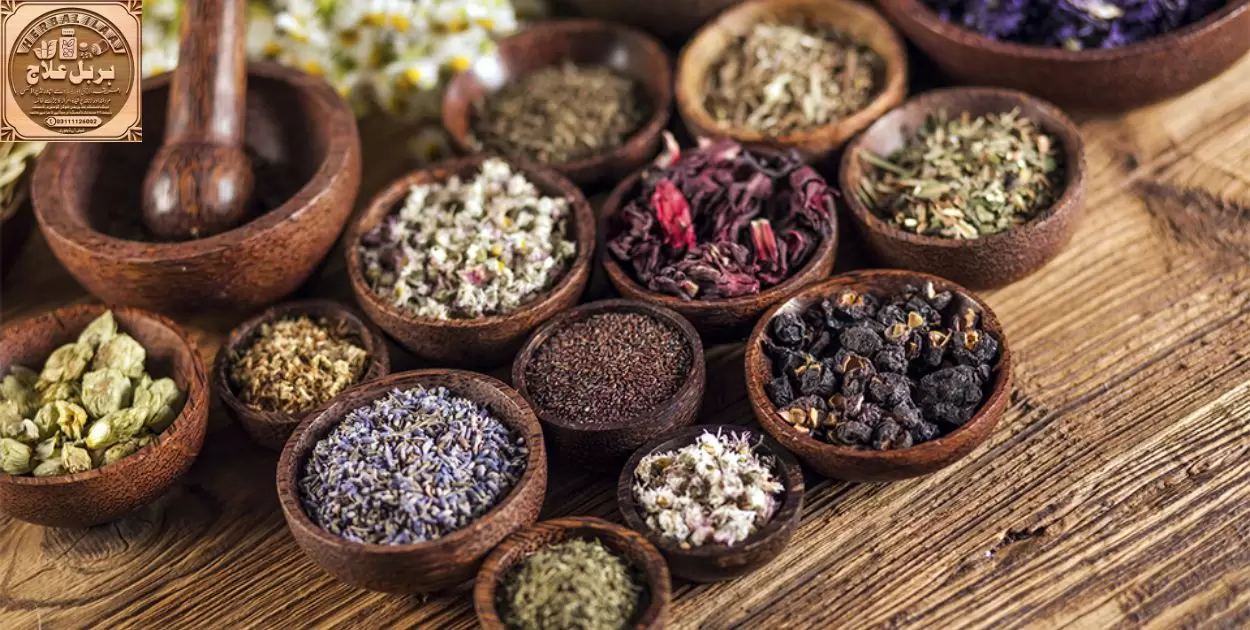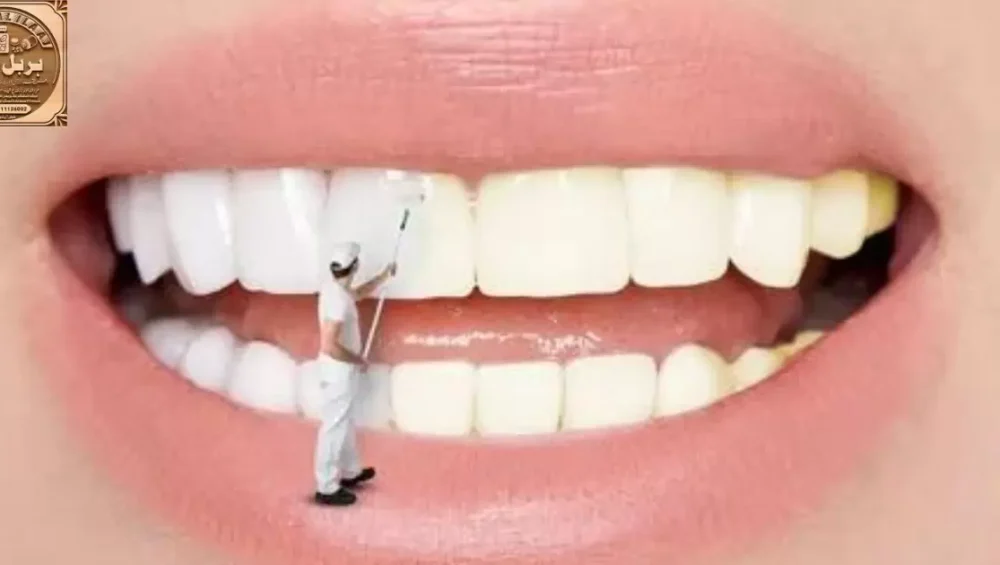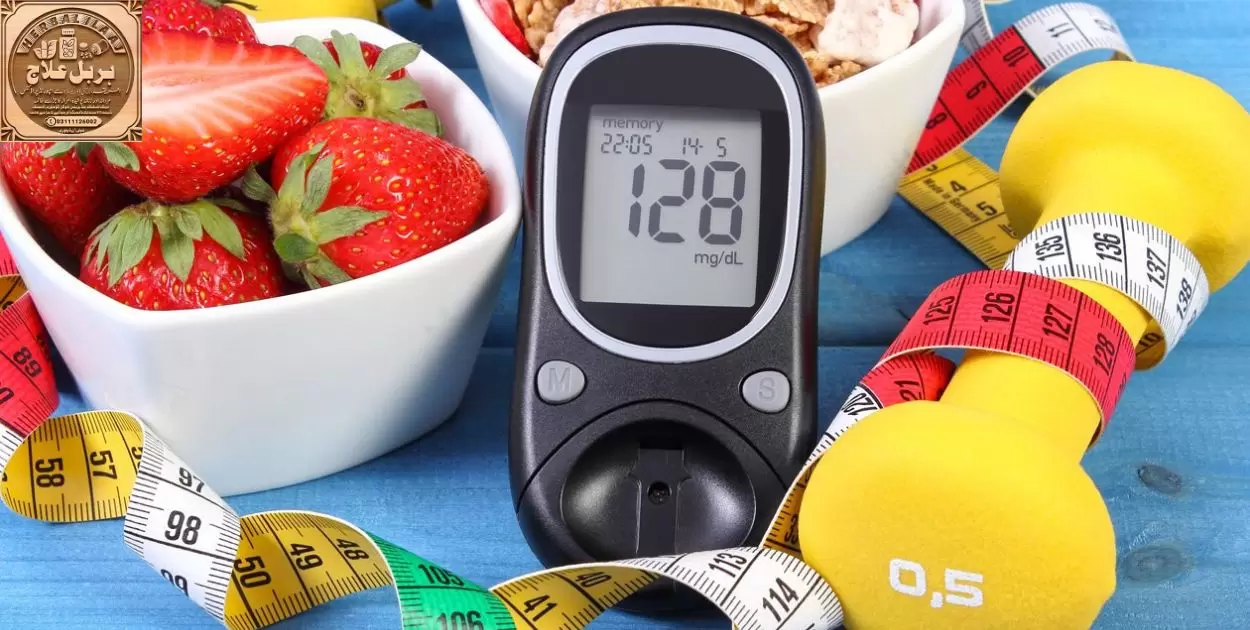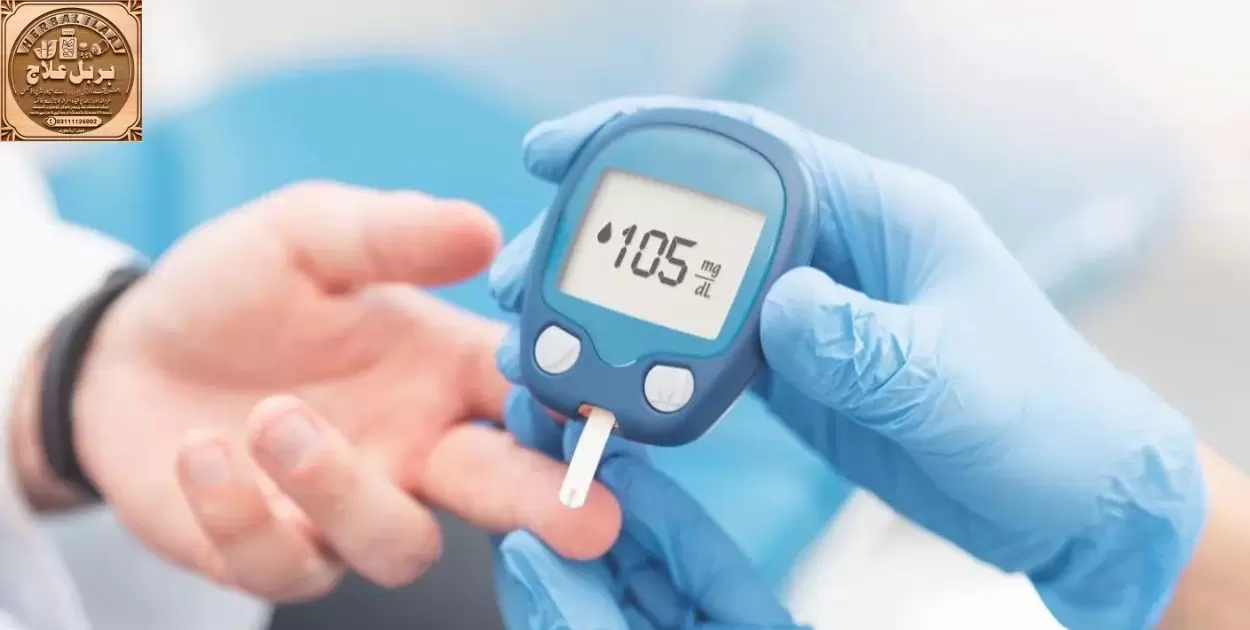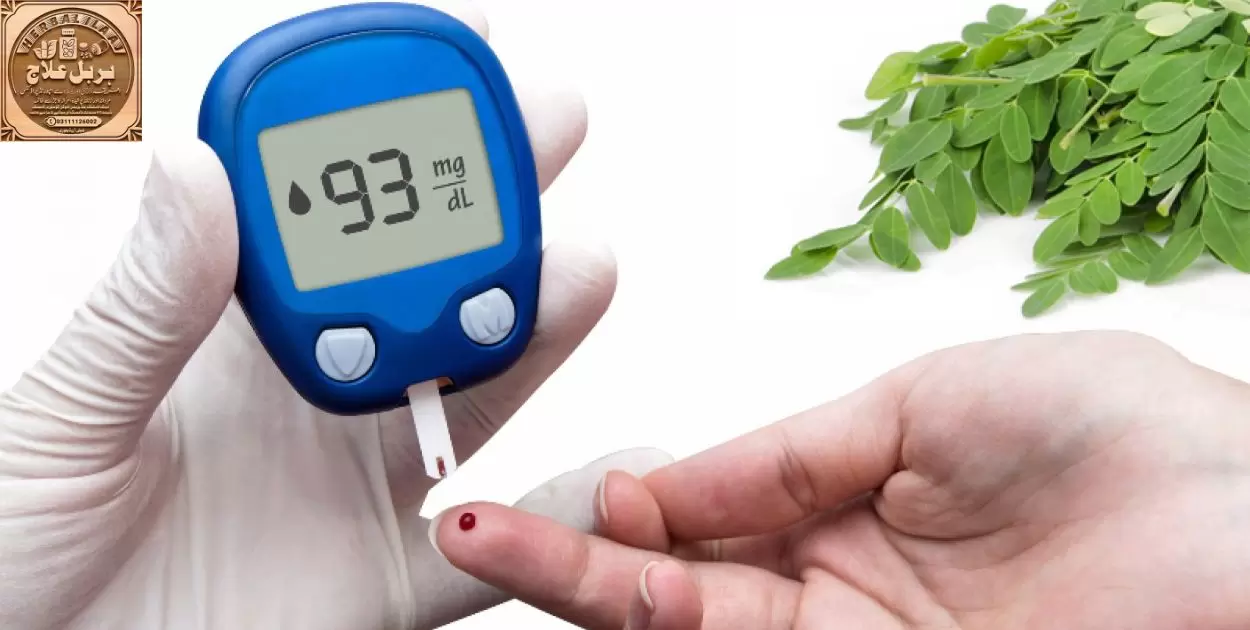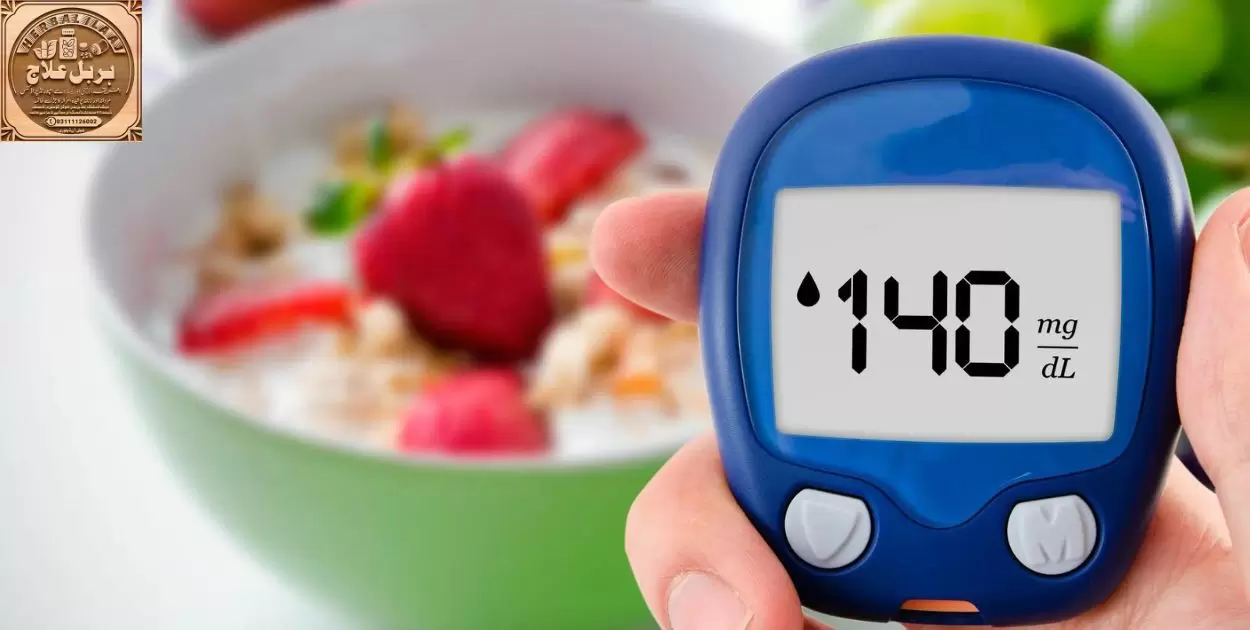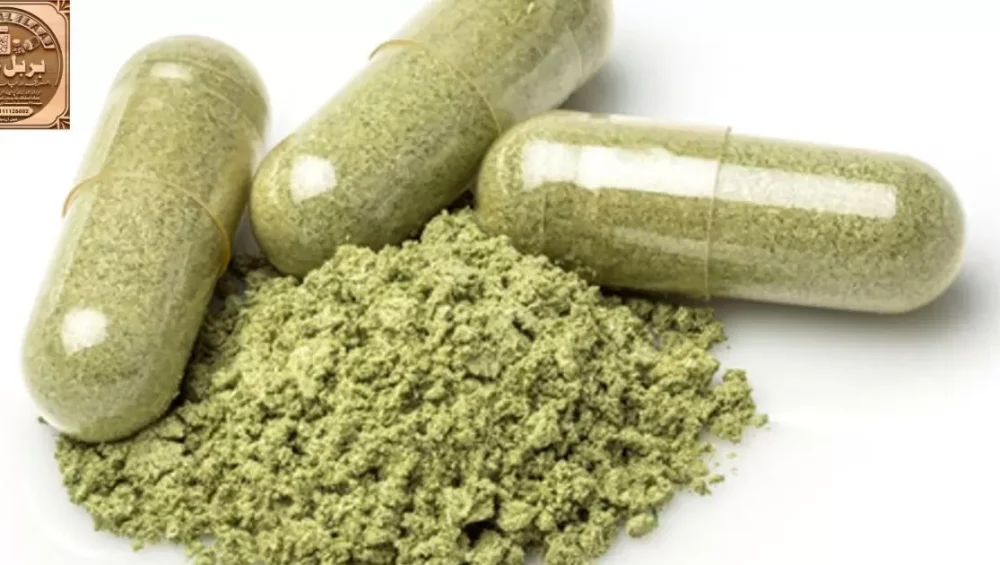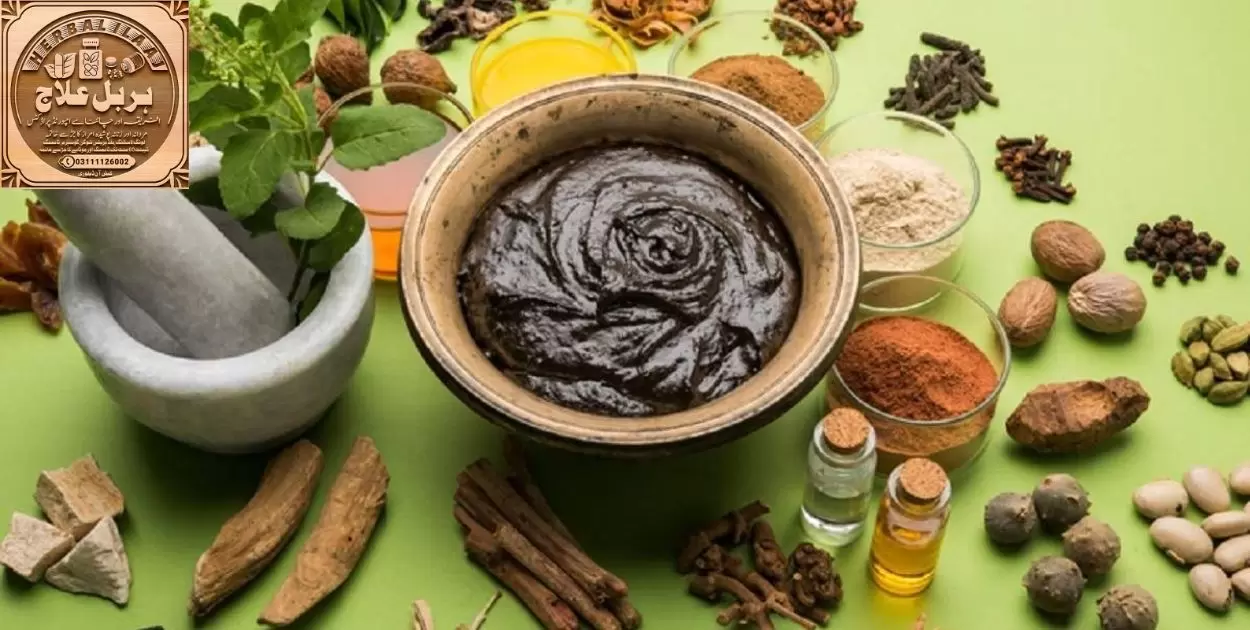Diabo Control Super Formula is a term used to describe an innovative and highly effective solution for managing and controlling diabetes. It is a comprehensive approach that combines various elements to help individuals with diabetes maintain optimal blood sugar levels and lead a healthy lifestyle.
A life where controlling diabetes becomes easier and more manageable. That’s exactly what the Diabo Control Super Formula offers. With its unique blend of strategies and tools, this formula revolutionizes the way diabetes is managed. Say goodbye to the constant struggle of monitoring blood sugar levels and the fear of potential complications.
The Diabo Control Super Formula is designed to cater to the specific needs of individuals living with diabetes. It provides a holistic approach to diabetes management by addressing multiple aspects of the condition. From dietary recommendations and exercise plans to personalized medication regimens, this formula offers a comprehensive toolkit for effective diabetes control.
Diabo Control Super Herbal Formula is a revolutionary product designed to help individuals manage and control diabetes through the power of natural ingredients. This herbal formula combines a unique blend of herbs and plant extracts that have been traditionally used in various cultures for their potential health benefits.
The formula is carefully crafted to provide support for blood sugar regulation, insulin sensitivity, and overall metabolic health. By harnessing the power of nature, Diabo Control Super Herbal Formula aims to offer a natural alternative for individuals looking to manage their diabetes effectively.
Diabo Control Super Herbal Formula is formulated based on extensive research and scientific knowledge. It works by utilizing the synergistic effects of its natural ingredients to target key aspects of diabetes management. The herbs and plant extracts in the formula have been selected for their potential to regulate blood sugar levels, improve insulin sensitivity, and support overall metabolic health.
These ingredients work together to help individuals with diabetes maintain optimal blood sugar control, reduce insulin resistance, and potentially decrease the risk of long-term complications associated with the condition. By incorporating Diabo Control Super Herbal Formula into a comprehensive diabetes management plan, individuals can take a proactive approach towards their health and well-being.
The Benefits of Diabo Control Super Herbal Formula
Diabo Control Super Herbal Formula offers a range of potential benefits for individuals with diabetes. Firstly, the formula may help regulate blood sugar levels by supporting insulin sensitivity and enhancing glucose utilization in the body. This can lead to more stable blood sugar control throughout the day, reducing the risk of hyperglycemia or hypoglycemia episodes.
Secondly, the herbal ingredients in the formula may have antioxidant and anti-inflammatory properties, which can help protect against oxidative stress and inflammation associated with diabetes. Additionally, Diabo Control Super Herbal Formula may contribute to improved metabolic health, including lipid profile and weight management.
Is Diabo Control Super Herbal Formula safe for long-term use?

Diabo Control Super Herbal Formula is generally considered safe for long-term use when used as directed. However, it’s important to note that individual responses to herbal supplements may vary, and it’s always recommended to consult with a healthcare professional before starting any new supplement regimen.
While the natural ingredients in Diabo Control Super Herbal Formula are generally well-tolerated, some individuals may experience mild gastrointestinal discomfort or allergic reactions. If any adverse reactions occur, it’s advisable to discontinue use and seek medical advice.
It’s important to remember that herbal supplements should not replace standard medical care or prescribed medications. A healthcare professional can provide personalized guidance on the appropriate use of Diabo Control Super Herbal Formula in individual cases.
Understanding the ingredients in Diabo Control Super Herbal Formula
Diabo Control Super Herbal Formula combines a carefully selected blend of natural ingredients known for their potential benefits in diabetes management. Some of the key ingredients in the formula include:
Cinnamon: Cinnamon has been traditionally used for its potential to help regulate blood sugar levels by improving insulin sensitivity.
Gymnema Sylvestre: Gymnema Sylvestre is known for its potential to reduce sugar cravings and support healthy blood sugar levels.
Bitter Melon: Bitter Melon is believed to have hypoglycemic effects and may contribute to improved blood sugar control.
Fenugreek: Fenugreek seeds may help lower blood sugar levels and improve lipid profile in individuals with diabetes.
Turmeric: Turmeric contains curcumin, a compound with anti-inflammatory properties that may help reduce inflammation associated with diabetes.
These are just a few examples of the natural ingredients found in Diabo Control Super Herbal Formula. The formula combines these ingredients in specific proportions to maximize their potential benefits for individuals with diabetes.
Who can benefit from using Diabo Control Super HerbalFormula?
Diabo Control Super Herbal Formula is designed for individuals who are looking for a natural approach to managing their diabetes. It can be beneficial for individuals with type 2 diabetes who are seeking additional support in blood sugar control, insulin sensitivity, and overall metabolic health.
It’s important to note that every individual is unique, and the effectiveness of the formula may vary from person to person. It’s always recommended to consult with a healthcare professional before starting any new supplement regimen to ensure it aligns with your specific health needs and any existing medical conditions or medications.
Diabo Control Super Herbal Formula vs. traditional diabetes management methods
Diabo Control Super Herbal Formula offers a natural alternative to traditional diabetes management methods. While conventional approaches to diabetes management typically involve lifestyle modifications, dietary changes, and prescribed medications, Diabo Control
Super Herbal Formula aims to complement these strategies with the potential benefits of natural ingredients. The formula provides a holistic approach to diabetes management by targeting blood sugar regulation, insulin sensitivity, and overall metabolic health.
It’s important to note that herbal supplements should not replace standard medical care or prescribed medications. Diabo Control Super Herbal Formula can be used as part of a comprehensive diabetes management plan in consultation with a healthcare professional.
Are There any side effects of using Diabo Control Super Herbal Formula?

Diabo Control Super Herbal Formula is generally well-tolerated and does not typically cause severe side effects when used as directed. However, as with any supplement, there is a possibility of experiencing mild side effects in some individuals. These may include gastrointestinal discomfort, such as bloating or diarrhea, especially if the formula is taken on an empty stomach.
Allergic reactions to the ingredients in the formula are also possible, although they are relatively rare. If you experience any adverse reactions or discomfort after taking Diabo Control Super Herbal Formula, it is recommended to discontinue use and consult with a healthcare professional.
How to incorporate Diabo Control Super Herbal Formula into your daily routine
Incorporating Diabo Control Super Herbal Formula into your daily routine is simple and convenient. The formula is typically available in the form of capsules or tablets, making it easy to incorporate into your supplement regimen. Follow the instructions provided on the product packaging or as directed by your healthcare professional.
It is generally recommended to take the formula with a meal to minimize the risk of gastrointestinal discomfort. Remember that Diabo Control Super Herbal Formula is designed to complement a comprehensive diabetes management plan, which may include other lifestyle modifications, dietary changes, and prescribed medications.
Success stories with Diabo Control Super Herbal Formula
Many individuals have reported positive experiences and success with Diabo Control Super Herbal Formula in managing their diabetes. Customer testimonials often highlight improvements in blood sugar control, increased energy levels, and a better overall sense of well-being.
It’s important to remember that individual results may vary, and the effectiveness of the formula can depend on various factors, including an individual’s overall health, lifestyle, and adherence to a diabetes management plan.
While customer testimonials can provide valuable insights and inspiration, it’s always recommended to consult with a healthcare professional for personalized advice and guidance on managing your diabetes. They can help determine the most appropriate approaches and treatments based on your specific needs.
Is Diabo Control Super Herbal Formula scientifically proven?
Diabo Control Super Herbal Formula is backed by scientific research that supports the potential benefits of its natural ingredients in managing diabetes. While individual studies may focus on specific ingredients rather than the formula as a whole, the research provides valuable insights into the efficacy of the herbal ingredients in supporting blood sugar control, insulin sensitivity, and overall metabolic health.
Where to buy Diabo Control Super Herbal Formula and pricing options
Diabo Control Super Herbal Formula is typically available for purchase through various online retailers and health supplement stores. It’s important to ensure that you purchase from reputable sources to ensure product quality and authenticity.
Pricing options may vary depending on the retailer and the quantity of the product purchased. It’s advisable to compare prices and read customer reviews before making a purchase decision. Some manufacturers may offer discounts or promotional offers, so it’s worth exploring different options to find the best deal.
FAQ’s
How does the herbal formula in Diabo Control Super Formula help manage diabetes?
The herbal formula in Diabo Control Super Formula works by supporting healthy glucose metabolism and insulin sensitivity, aiding in the effective management of diabetes.
Can Diabo Control Super Formula replace my prescribed diabetes medication?
Diabo Control Super Formula should not be considered a substitute for prescribed medications. It is essential to consult with your healthcare provider before making any changes to your diabetes management plan.
Are there any side effects associated with using Diabo Control Super Formula?
Generally, Diabo Control Super Formula is well-tolerated; however, individual reactions may vary. It is advisable to review the ingredients and consult with a healthcare professional if you have concerns about potential side effects.
How long does it take to see results with Diabo Control Super Formula?
Results may vary, but some individuals experience improvements in blood sugar levels within a few weeks of consistent use. It’s crucial to follow the recommended dosage and maintain a healthy lifestyle.
Can Diabo Control Super Formula be used by individuals with type 1 diabetes?
Diabo Control Super Formula is primarily designed for individuals with type 2 diabetes. It’s crucial for those with type 1 diabetes to consult with their healthcare provider before incorporating any new supplements into their treatment plan.
Conclusion
Diabo Control Super Herbal Formula offers a natural approach to managing diabetes. While scientific research supports the potential benefits of its natural ingredients, it is important to consult with a healthcare professional for personalized advice based on the latest evidence.
Diet and exercise play a crucial role in conjunction with Diabo Control Capsules Super Herbal Formula, and they should be integrated into a comprehensive diabetes management plan. By following the recommended dosage, being consistent, and purchasing from reputable sources, individuals can maximize the potential benefits of Diabo Control Capsules Super Herbal Formula in their diabetes management journey.







